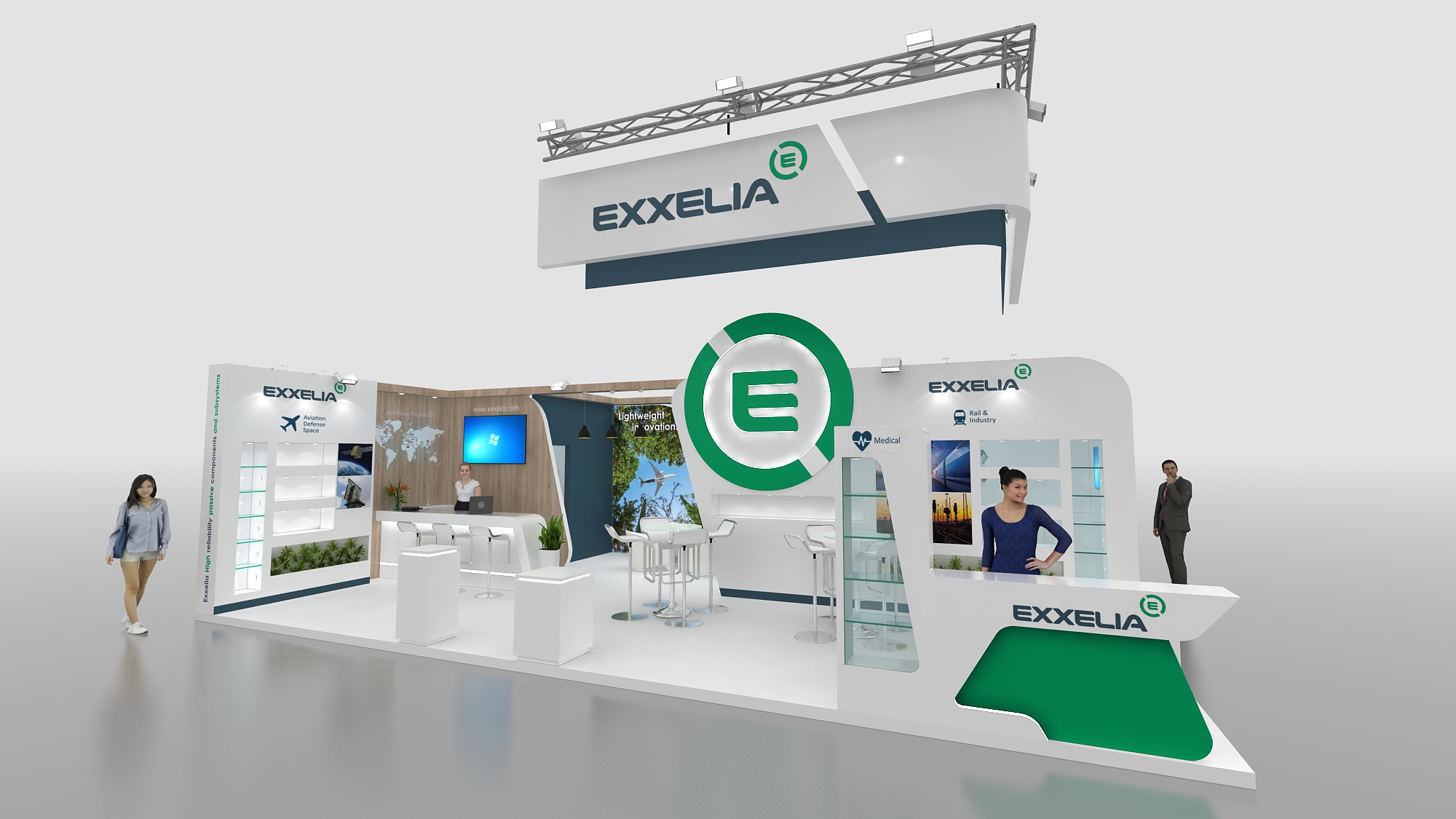Innovative new products at Electronica 2022 - Booth# A5 - 339
Exxelia will be exhibiting at Electronica 2022, the biggest global trade fair for electronic components.
Electronica will take place from November 15th to 18th in Munich, Germany. On our booth #A5 - 339, we will be displaying a bunch of innovative new ranges.

EMBEDDED DIVISION - AVIATION / DEFENSE / SPACE
We are proud to show our latest capacitor technology innovation called MML® technology.
Miniature Micro-LayerTM Film is a breakthrough in film capacitor technology, with an energy density up to 4 times superior to other film dielectrics. MMLTM innovative technology makes power capacitors smaller, lighter and compatible to higher temperatures. It is perfect for DC link, decoupling, charge-discharge applications.
Alongside MML, we will also be exhibiting innovations in magnetics, allowing saving up to 40% weight and 20% volume while dissipating more power.
You will also find our new aluminum electrolytic rectangular low profile capacitors named Cubisic SLP and HTLP, our MIL & DSCC tantalum capacitors (newly qualified to reliability level P) as well as our multi-outputs CCM transformers & Dual Active Bridge.
But also our components on board the eVTOL.

RAIL & INDUSTRY DIVISION
It is with great joy that we will be exhibiting Alcon capacitors for the first time on our booth.
Alcon manufactures film and aluminum electrolytic capacitors that are particularly suitable for locomotives and power electricity charging stations. We will also exhibit film and ceramic capacitors for signaling, and magnetics for rail tracking system, openable current transformer, TFPP transformer and resistors.

MEDICAL DIVISION
Our new Exxelia Micropen branch has an outstanding product offer for medical products that will be showcased at Electronica for the first time ever! Indeed, Exxelia Ohmcraft high voltage resistors are widely used into laboratory equipment such as mass spectrometers or thermocyclers.
We will also be showing our Exxelia Micropen unique additive printing technology used extensively for medical disposable material such as endotracheal tubes or surgical ablation tools.
You will discover our new range of film components from the Alcon family and our well-known non-magnetic High-Q capacitors for MRI imaging systems, as well as our low profile flyback transformers for implantable devices.
